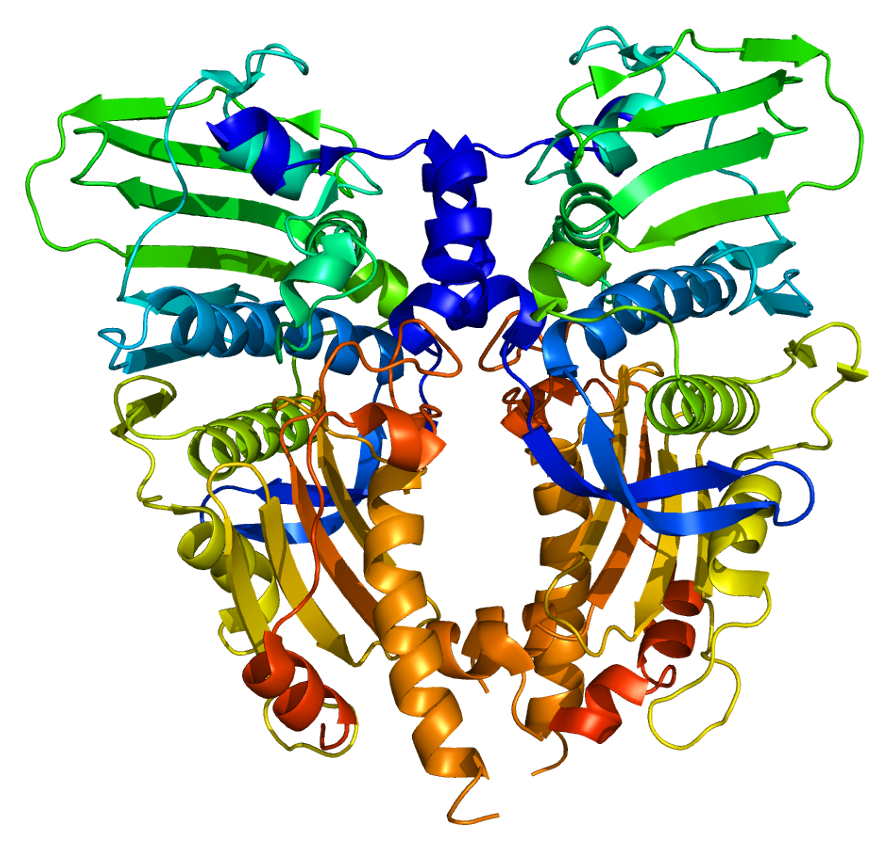By Helen Figueira
October 17, 2016
Time to read: 2 minutes
The efficiency of existing cancer treatments might be improved if used in combination with an approach suggested by scientists at the MRC’s Clinical Science Centre (CSC).

The team has been investigating the role of an enzyme called Topoisomerase2, or Top2. The enzyme is known to splice and then re-join DNA inside our cells, to relieve stresses inside the cell as the genome is copied and read. This transient breaking and re-joining of the two strands of DNA also allows the strands to move around one another, thus altering the topology of the DNA.
A number of cancer treatments work by inhibiting the re-joining stage, so that the DNA of the cancer cells remains chopped into multiple pieces. The enzyme and its associated gene are therefore already the target of a number of cancer therapies. Patients in whom the enzyme is found in large quantities in a tumour are known to respond better to treatment than those whose tumours produce the same enzyme, but in smaller amounts.
Now, a team at the Cell Cycle group at the CSC, based at the Imperial College London Hammersmith campus, has examined the role of Top2 closely, during the cell cycle in yeast. It had been thought, from in vitro studies, that the enzyme might be preferentially biased either to splice or join DNA in the cell. But the team found that contrary to expectations, Top2 appears to have no such “directionality”. Instead, the team’s experiments suggest that Top2 appears to act preferentially where pieces of DNA are physically close, and to act more vigorously the more of the enzyme is present.
If existing therapies are used in conjunction with something that ‘tweaks upwards’ the level of Top2 enzyme in cancer cells, then the outcome for patients might improve. “This paper provides very preliminary evidence suggesting that there is a way to improve the efficiency of existing treatment if you could manipulate the levels of the enzyme,” says Luis Aragon, who leads the CSC’s cell cycle group and is the lead author on the paper, published in Molecular Cell.